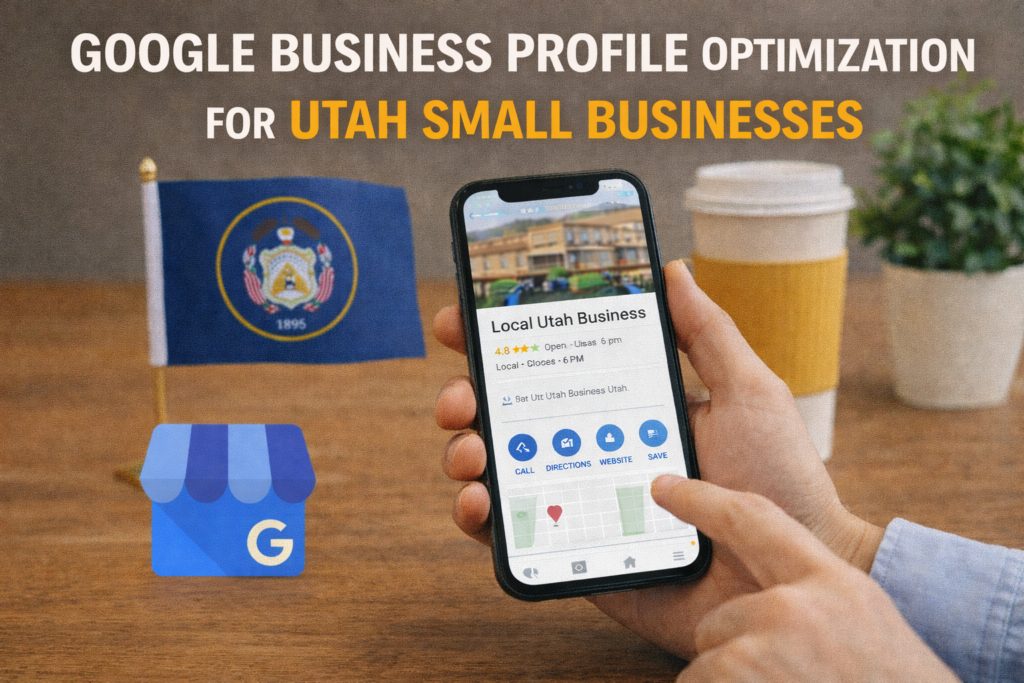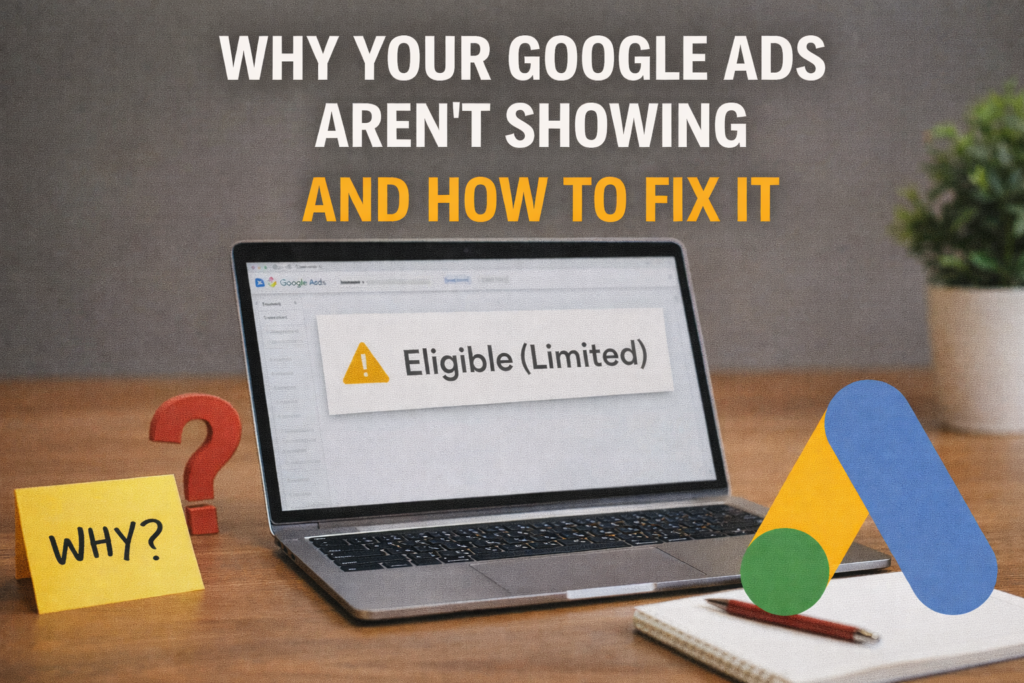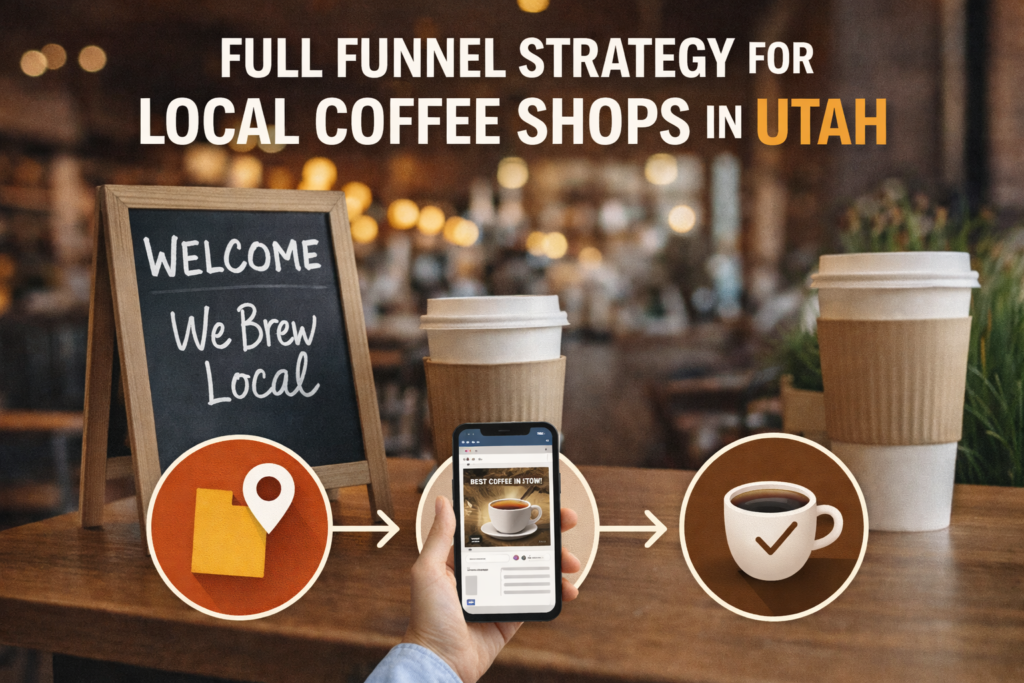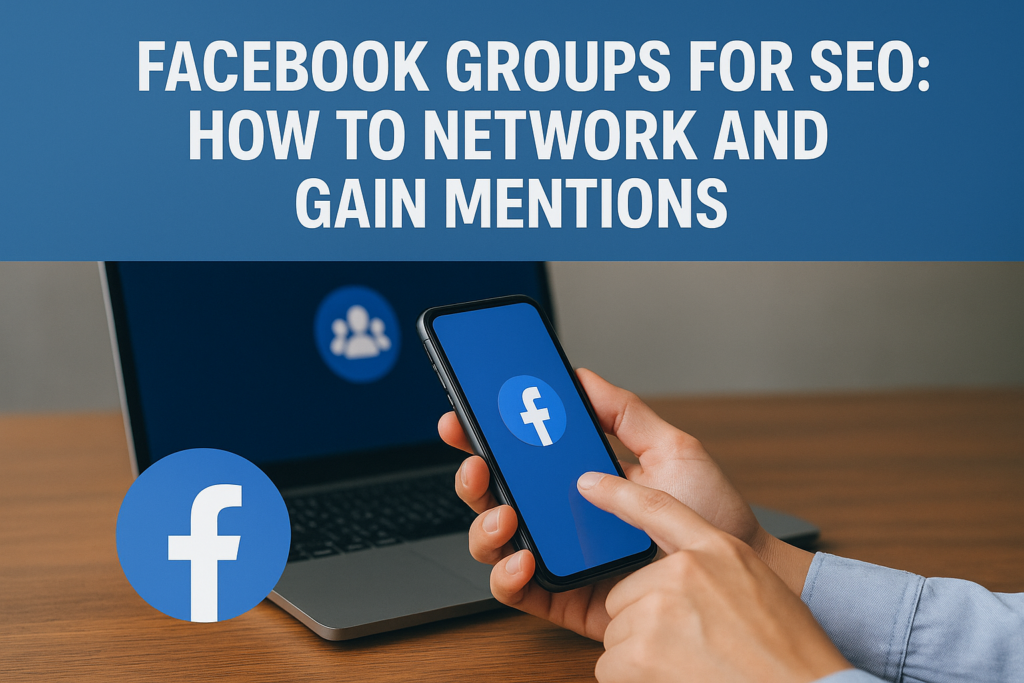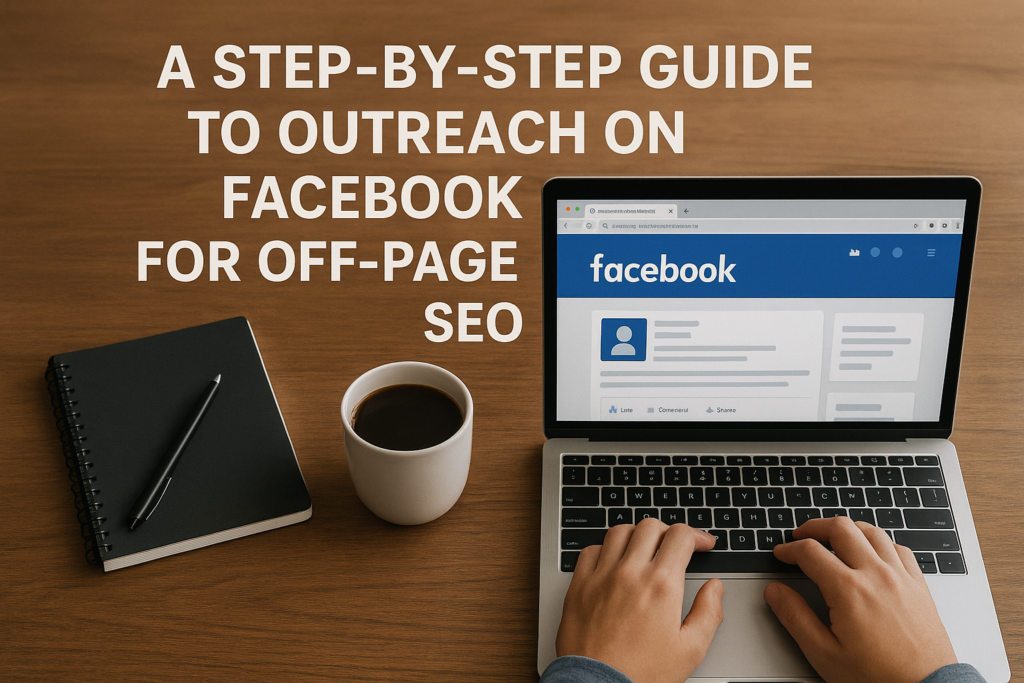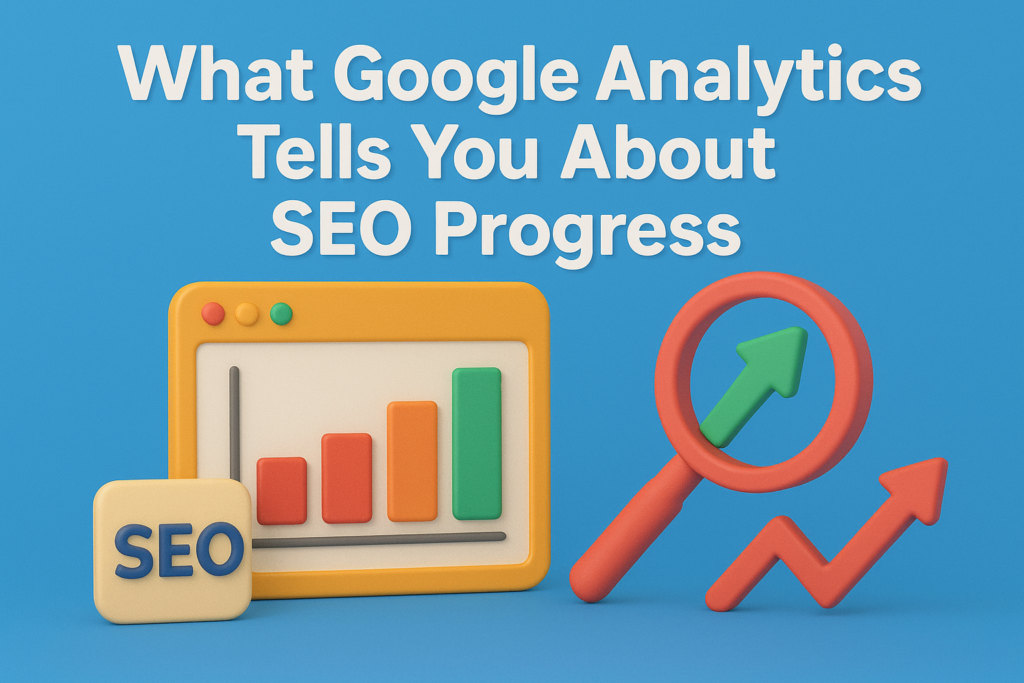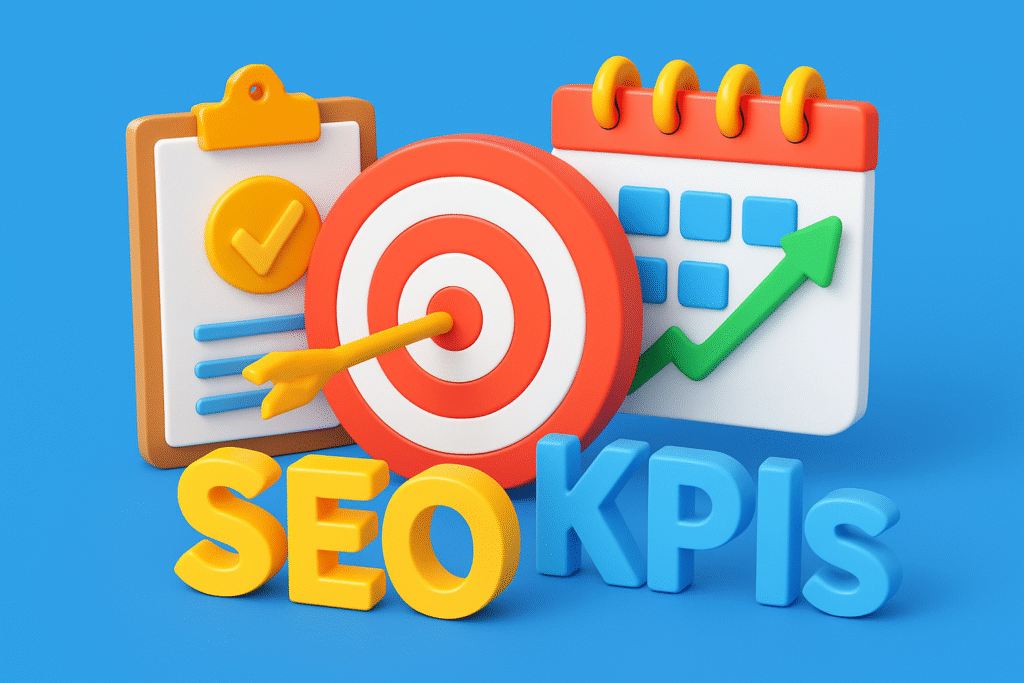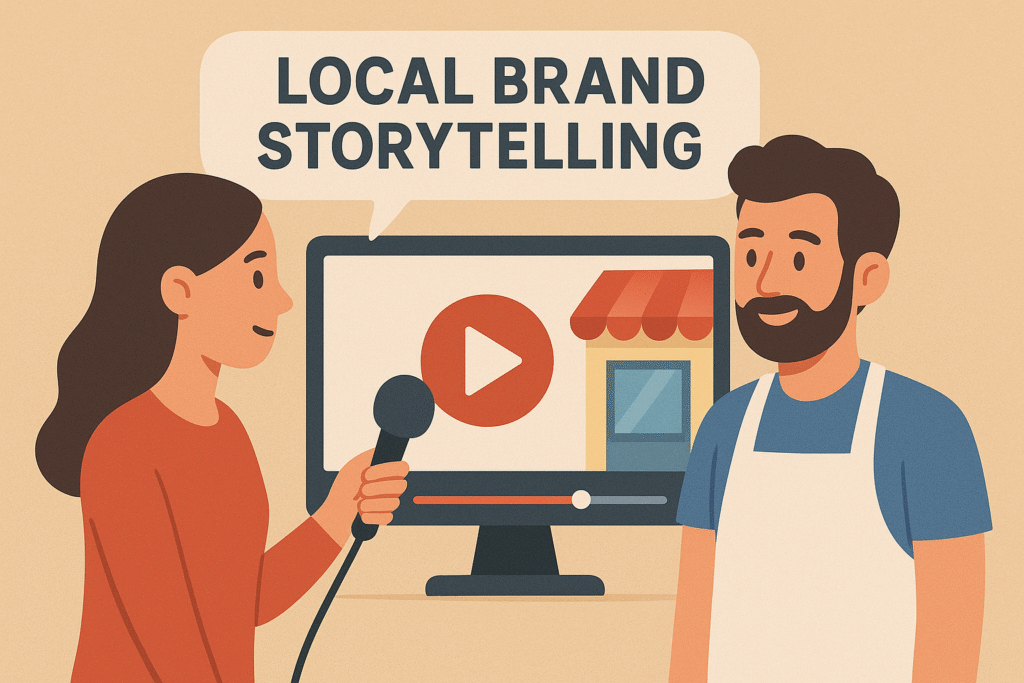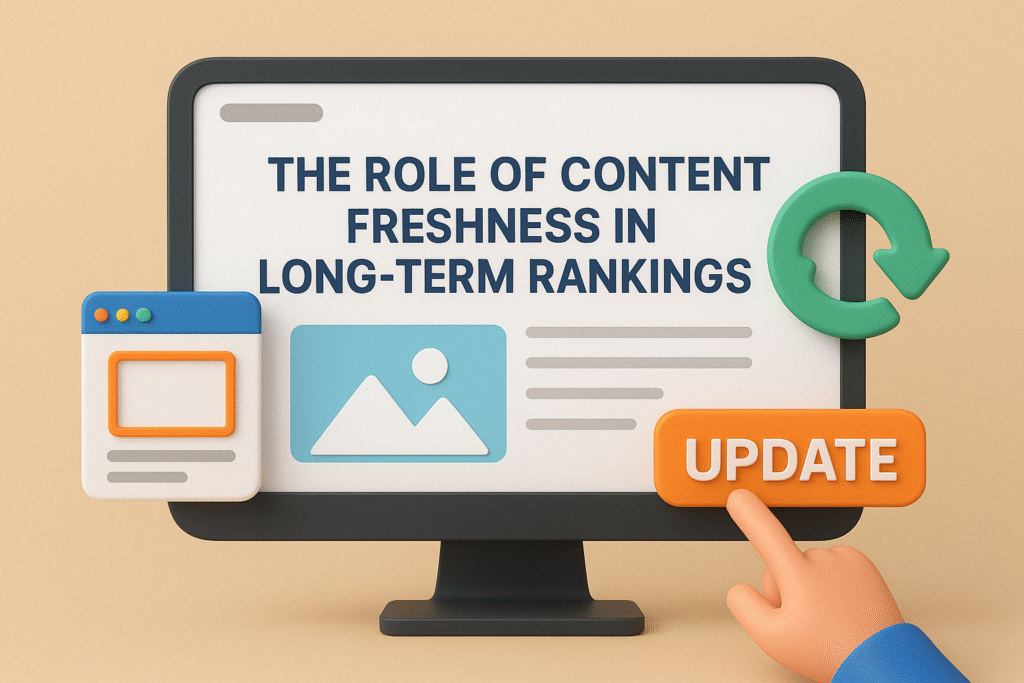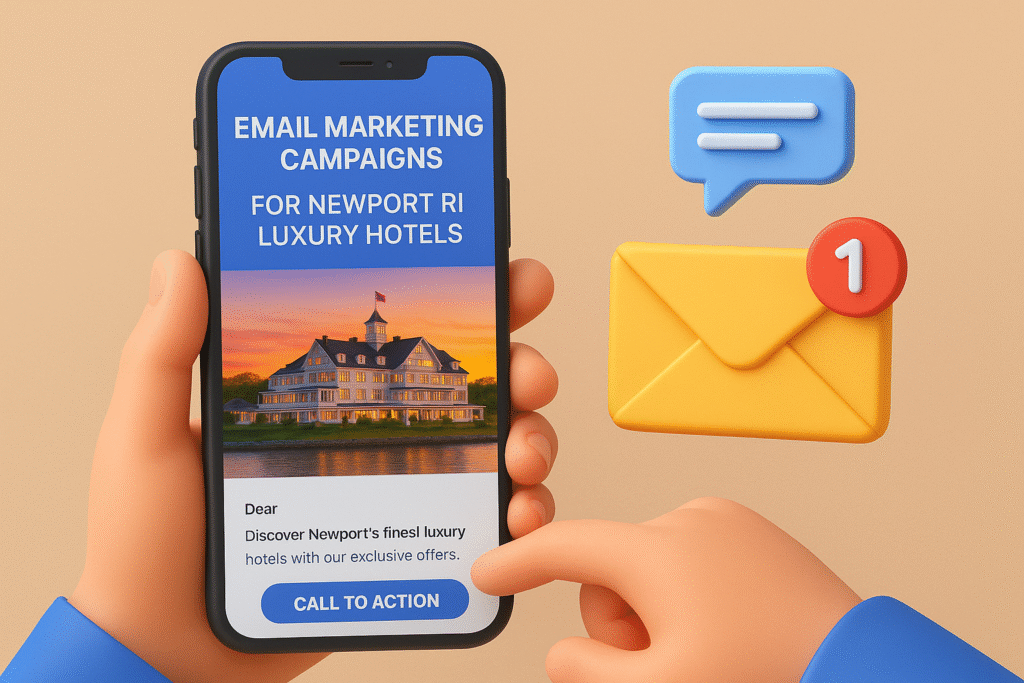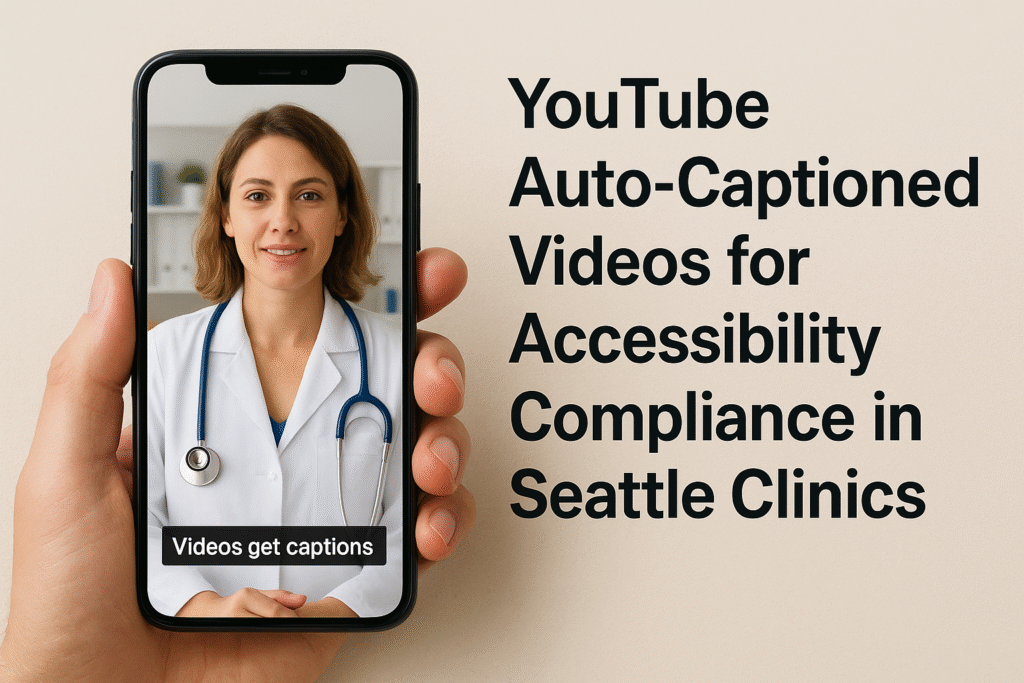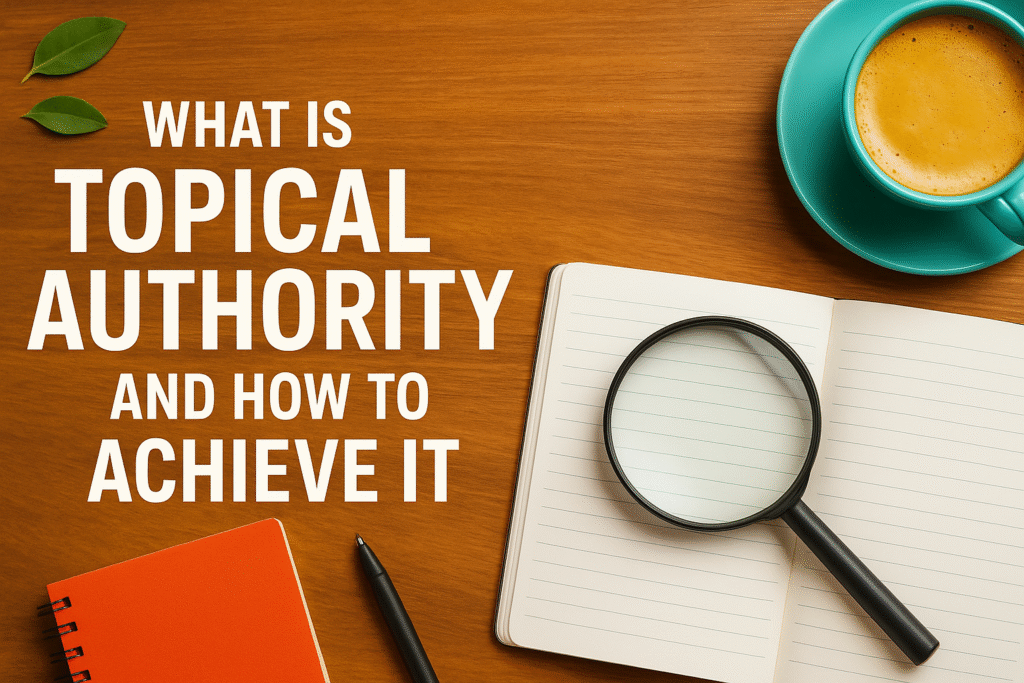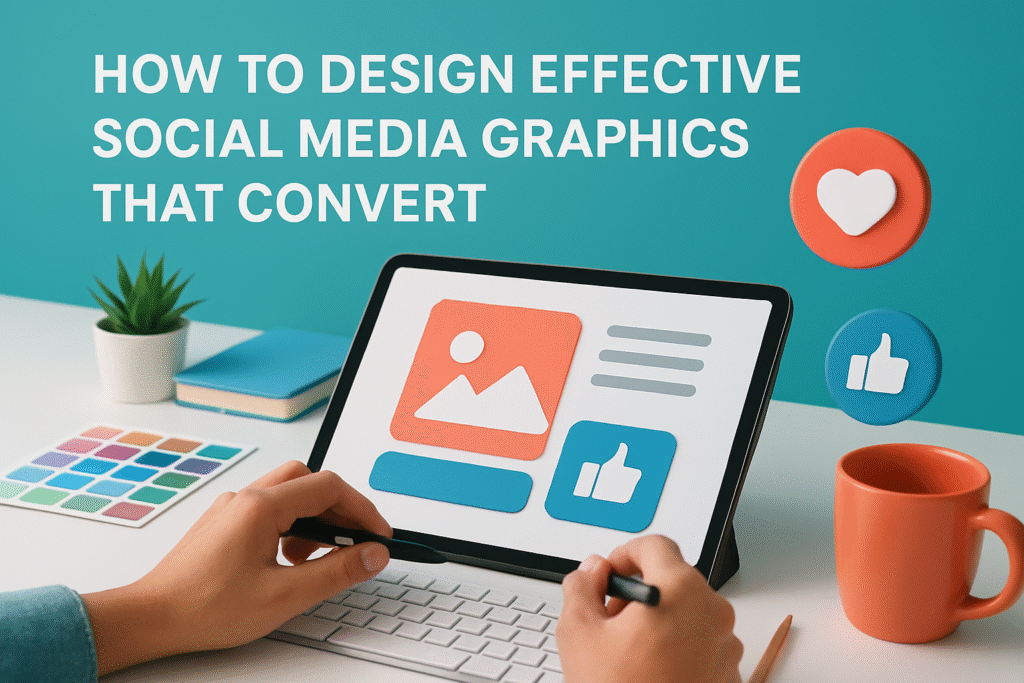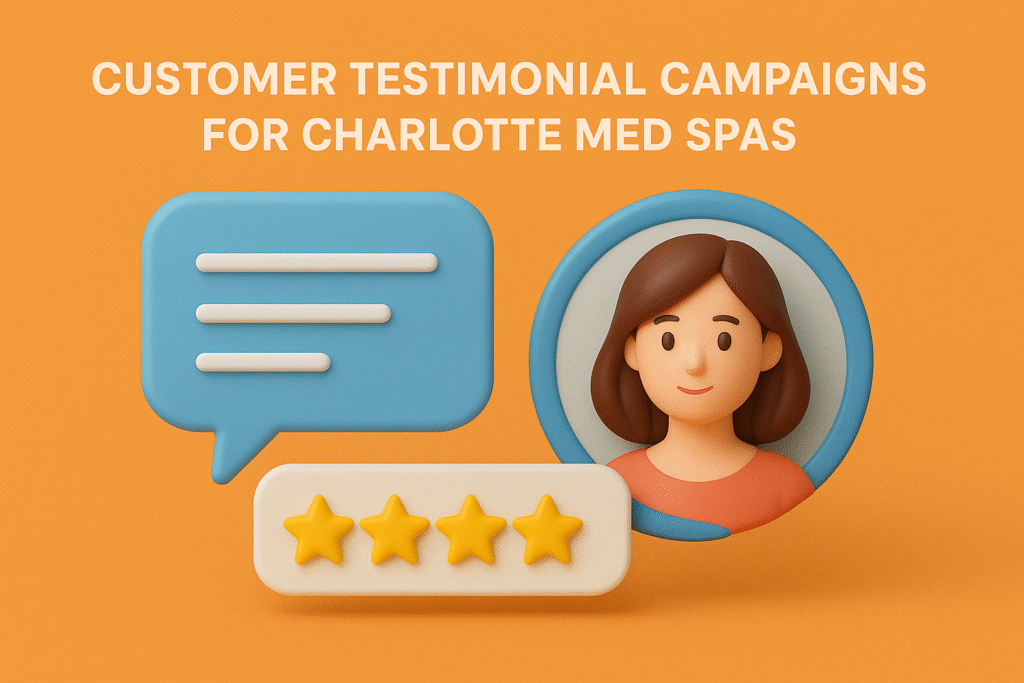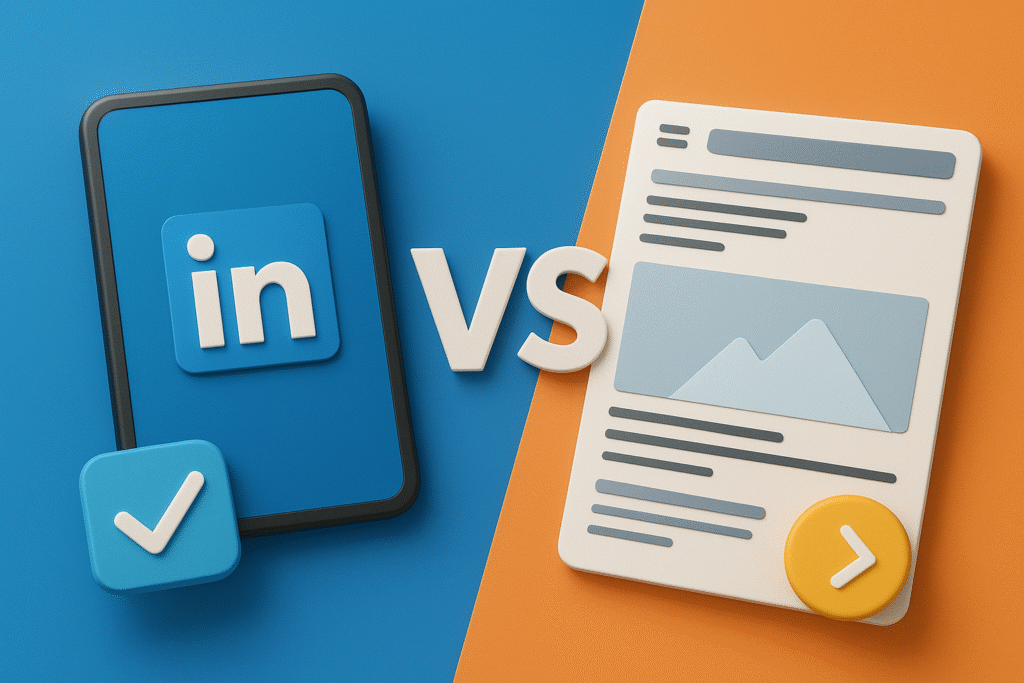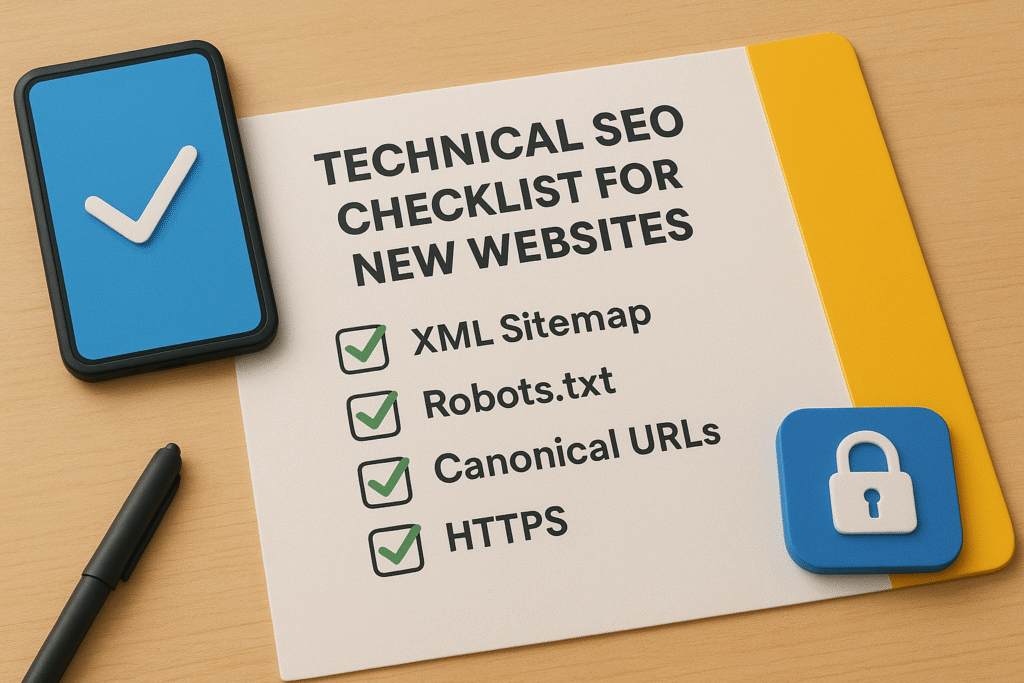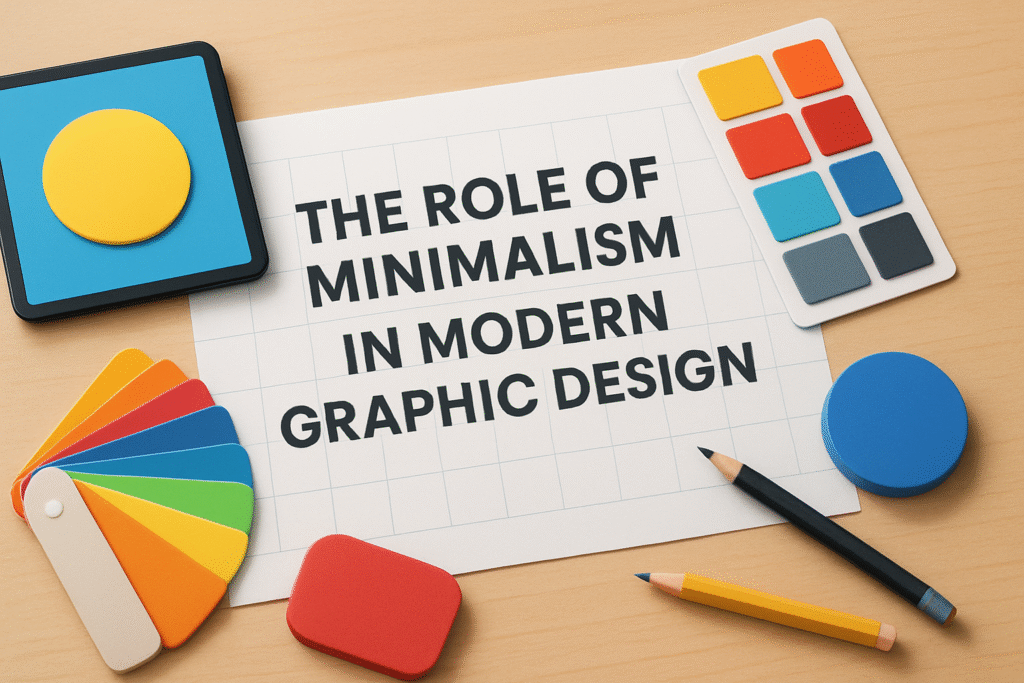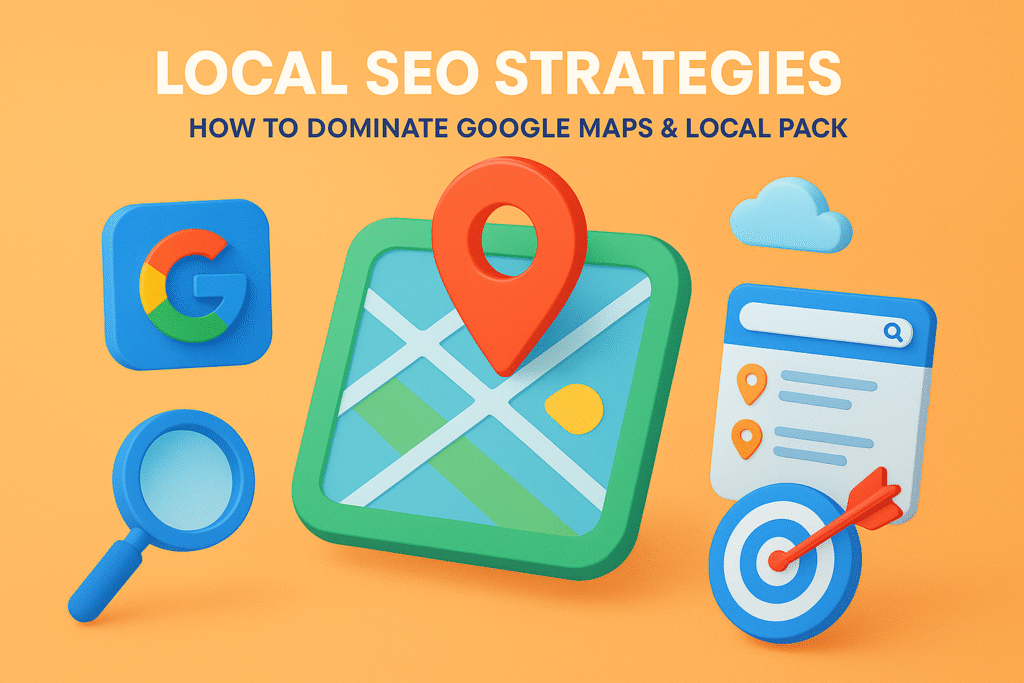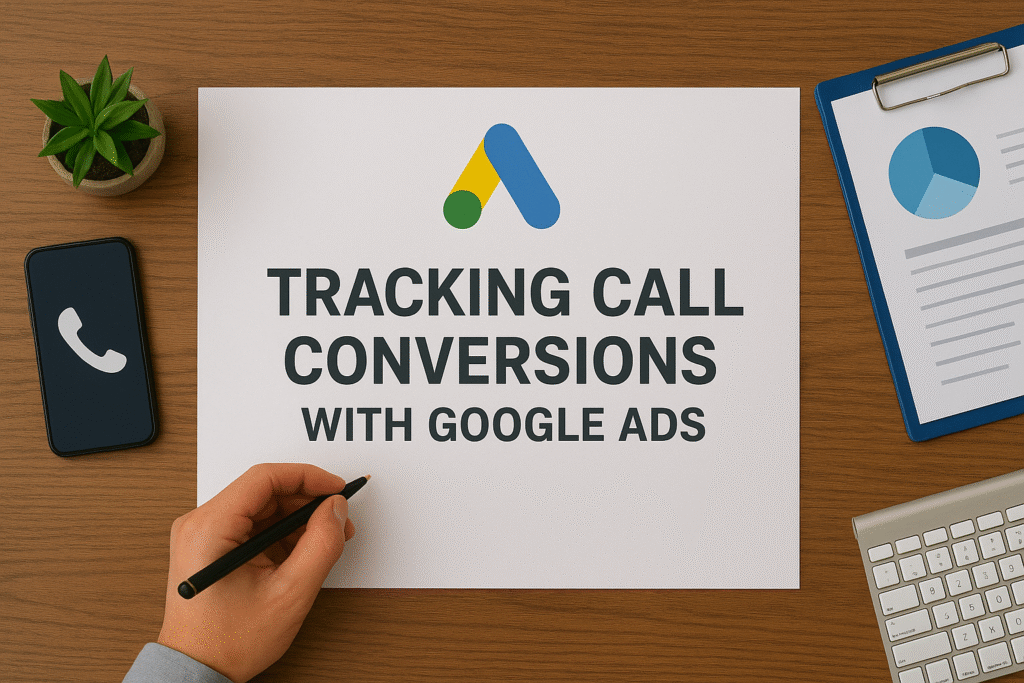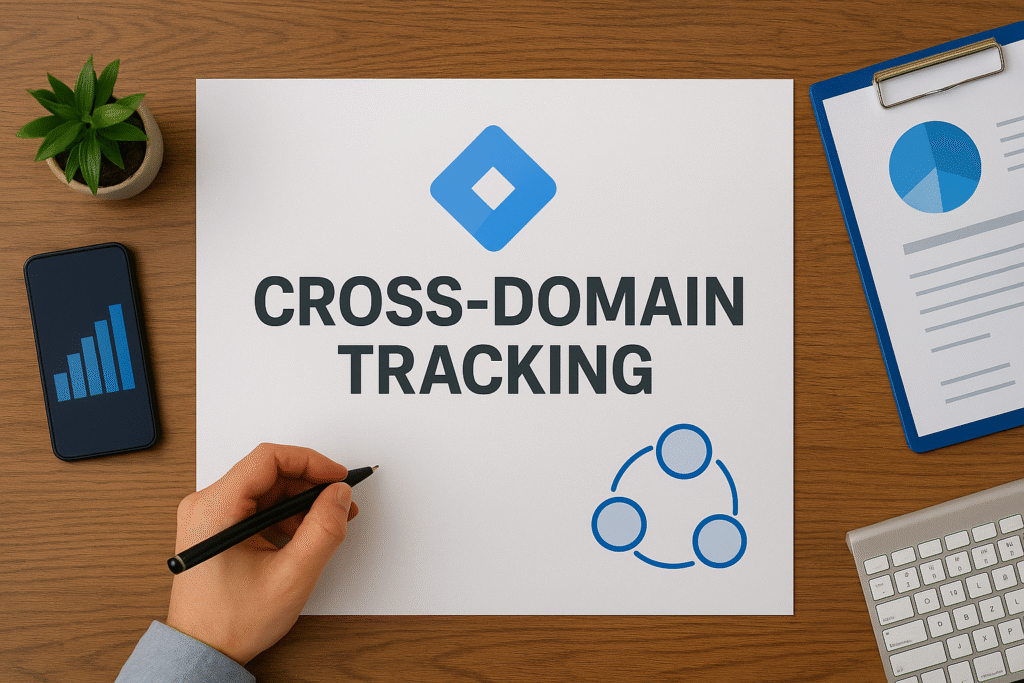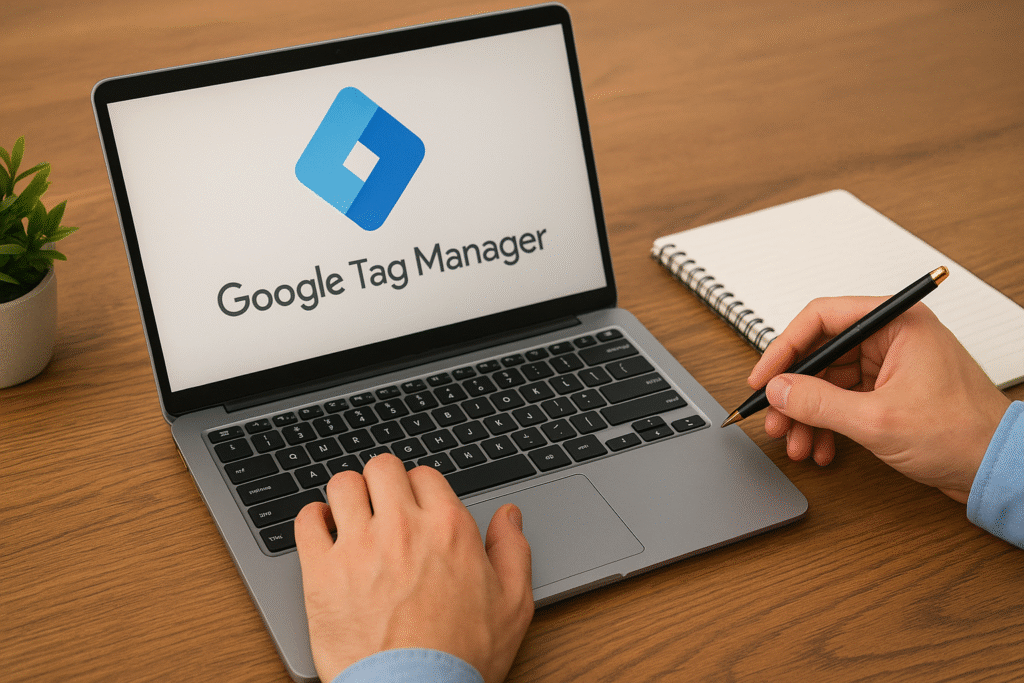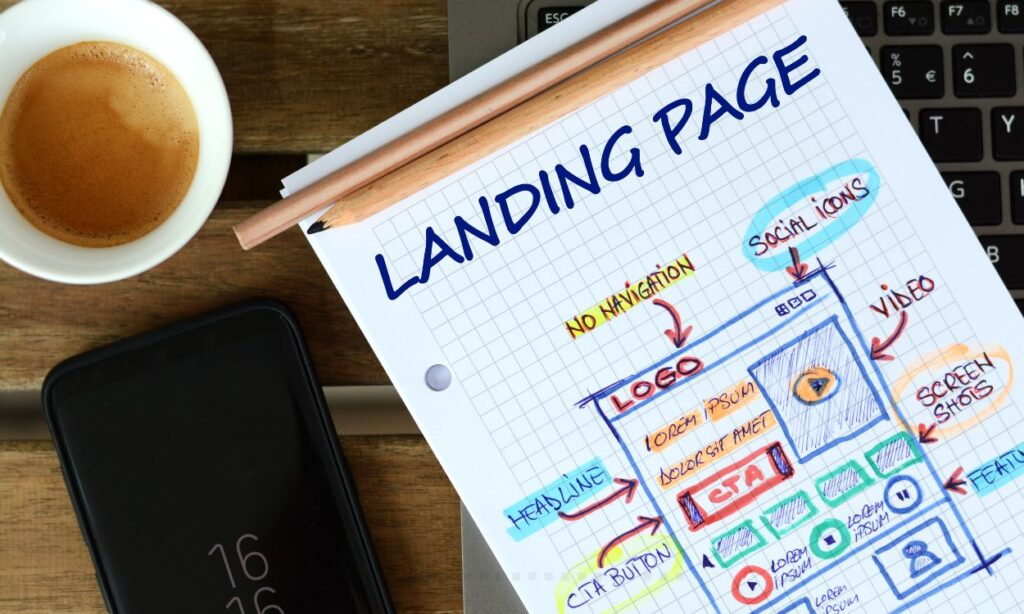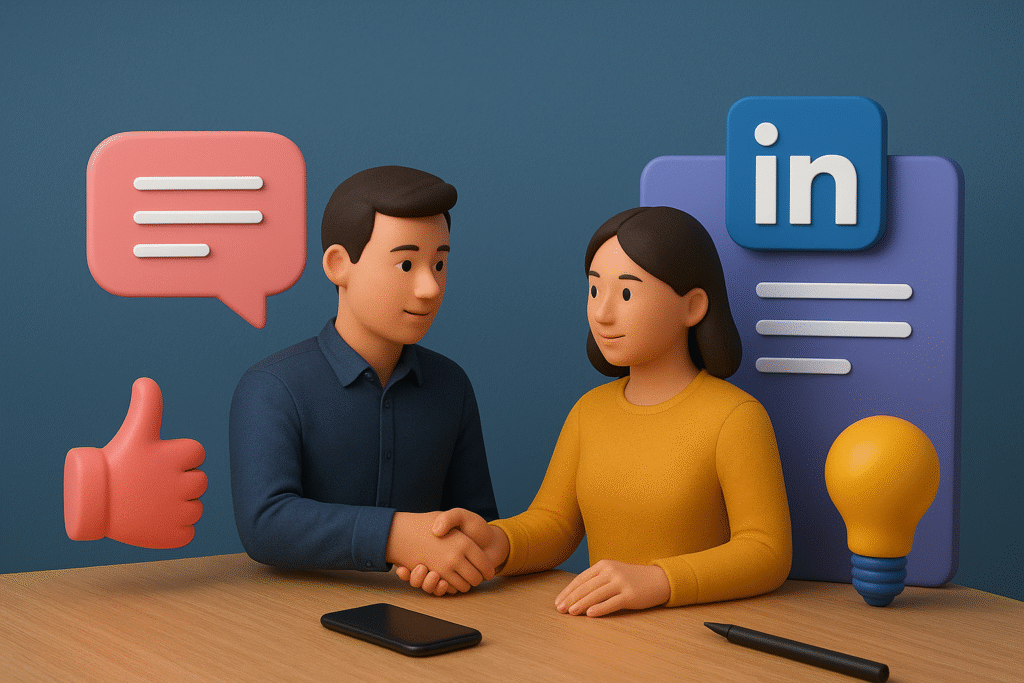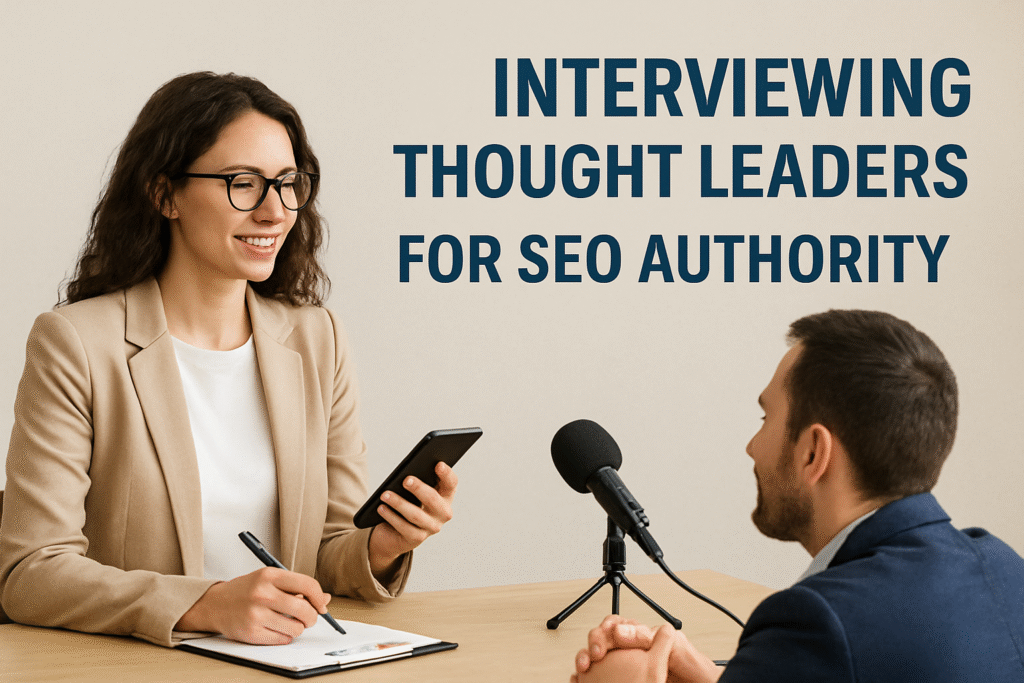When I first started exploring the integration of AI in digital marketing, I was intrigued by how rapidly this technology was transforming the landscape. What was once a futuristic concept is now a day-to-day reality, especially with tools like chatbots, predictive analytics, and machine learning becoming the backbone of personalized user experiences.
As someone actively working in the digital marketing space, I’ve learned that AI isn’t just a tool—it’s a strategy. It has helped me streamline campaigns, boost engagement, and gain deeper insights into audience behavior. In this post, I’ll walk you through how I’ve successfully used AI in digital marketing and how you can implement it in your own strategy for real, measurable results.
Understanding AI’s Role in Marketing Today
Artificial Intelligence in marketing is no longer about automation alone. It’s about intelligent systems that learn, predict, and optimize based on data. Whether it’s automating repetitive tasks or delivering tailored content to the right user at the right time, AI makes everything smarter.
According to Statista, 80% of industry experts integrate some form of AI technology into their online marketing activities. If you’re not on board yet, you’re already behind.
How I Use Chatbots to Improve Customer Experience
Chatbots are often the first way marketers dip their toes into AI. I’ve implemented chatbots for multiple client websites to provide real-time support, answer FAQs, and even guide users down the sales funnel.
What I’ve found most valuable is their ability to:
- Operate 24/7 without fatigue.
- Handle multiple customer queries simultaneously.
- Collect and analyze user data for future marketing campaigns.
Tools like Tidio and Drift have helped me personalize conversations, trigger based on user behavior, and even schedule appointments—all without human intervention.
Using AI for Smarter Content Creation
One of the most powerful applications of AI I’ve seen is in content creation. From ideation to optimization, AI tools like ChatGPT, Jasper, and SurferSEO assist in generating SEO-friendly content that matches search intent.
But I don’t just let AI write and publish for me. Instead, I use it to:
- Generate outlines based on keyword intent.
- Identify content gaps and opportunities.
- Rephrase, enhance tone, and make A/B tested variations.
Pro Tip: Use AI-generated insights to personalize your content for different audience segments. It improves engagement and conversions without increasing production time.
Predictive Analytics: My Secret to Campaign Optimization
AI allows me to forecast campaign performance before they’re even live. With predictive analytics tools like HubSpot and Emarsys, I’ve been able to:
- Identify high-converting user segments.
- Predict bounce rates and engagement scores.
- Allocate budgets dynamically across channels.
This has drastically reduced wasted ad spend and increased ROIs by up to 30% in some campaigns.
Email Marketing Gets Smarter with AI
AI has revolutionized how I run email campaigns. Instead of sending bulk messages, I now use machine learning models to:
- Predict optimal send times.
- Suggest subject lines likely to increase open rates.
- Personalize content for different user personas.
Tools like Mailchimp and ActiveCampaign come with built-in AI features that make this process seamless.
Using AI to Enhance Social Media Strategy
From optimizing posting schedules to analyzing competitor performance, AI-driven tools like Lately and Cortex help me craft data-backed strategies. With them, I can:
- Identify the best-performing hashtags.
- Schedule content for when my audience is most active.
- Repurpose top-performing content using natural language processing.
I also rely on AI to monitor sentiment and engage in social listening—this helps shape both brand voice and response tactics.
Integrating Chatbots into Sales Funnels
One major shift I’ve implemented is positioning chatbots not just as support tools but as core parts of my sales funnels. Through Facebook Messenger bots and website assistants, I guide users through:
- Product discovery.
- Lead capture.
- Checkout processes.
This type of automation ensures that users are always moving forward in their journey—even during off-hours.
Challenges I’ve Faced (and Overcome)
Not everything is seamless. Some hurdles I’ve encountered include:
- Data privacy concerns: Users are wary of AI tracking. I always ensure transparency and GDPR compliance.
- Over-reliance on automation: There’s a thin line between helpful and robotic. I always keep human oversight in my strategy.
- Integration complexities: Some AI tools don’t play nicely with legacy systems. I use platforms with robust API support to ensure smooth operation.
Is AI Right for Every Business?
While AI has immense potential, it’s not a one-size-fits-all solution. I always advise starting small—try one AI tool that addresses your biggest marketing pain point, whether it’s lead generation, support, or content. Measure performance, then expand.
Pro Tip: Train your AI tools regularly. The better your data input, the smarter and more accurate your automation will be.
Conclusion: Embrace the Future of Digital Marketing
AI and chatbots aren’t optional anymore—they’re essential to any forward-thinking digital marketing strategy. They help me save time, cut costs, and connect with audiences on a deeper level. Whether you’re running paid ads, creating content, or supporting customers, AI can level up your game.
Want to learn more about how I combine automation with creativity in my marketing strategies? Read this next: How to Write SEO-Friendly Content That Still Converts. Discover how I blend AI insights with human storytelling to drive real growth.
Also Read:
-
Why SEO Takes Time: Understanding Google’s Ranking Factors
-
How to Build an SEO Strategy That Ranks High
-
Overcoming the Fear of Learning New Skills: My Journey in Digital Marketing
-
The Future of SEO: Trends to Watch in 2025
-
AI Tools Your Graphic Designers Can Use To Perfect Their Designs



